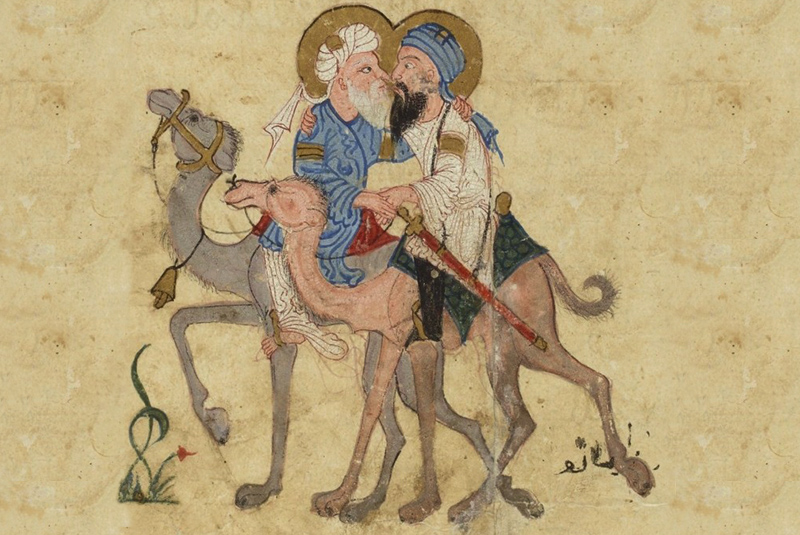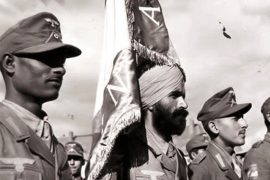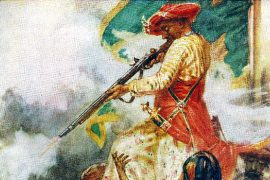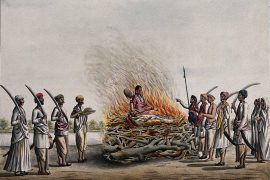This year’s Valentine’s Day will be a watershed event for India; same-sex love can be openly expressed following the Supreme Court’s judgement of September 2018, invalidating section 377 of the Indian Penal Code. While homosexuality has only recently garnered enough attention to be decriminalised, India, paradoxically, has long been a fertile ground for same-sex love. Just a cursory glance at the lives of a small subsection of people — the erstwhile rulers of Delhi — shows a long history of homosexuality.
Perhaps the foremost speculation of homosexual love has been between Alauddin Khalji, the thirteenth-century ruler, and his slave Mallik Kafur. The Sultan bestowed on Kafur the title ‘Malik Naib’ (Deputy Ruler) which showed how powerful he was in the royal court. Ziauddin Barani, the court historian of a later Sultan, laments the way Kafur’s beauty enraptured Alauddin Khalji:
in the third year of his reign, Ala al-din had little to do beyond attending to his pleasures.
As the historian Nilanjan Sarkar postulates, since the Sultans and the slaves were bound in close-knit ties of loyalty, it is not unimaginable that they may have had sexual relations. During Alauddin Khalji’s reign, Kafur’s military prowess meant that he was also given important assignments; Sarkar speculates that this could also be an acknowledgement of his sexual services.
Copyright©Madras Courier, All Rights Reserved. You may share using our article tools. Please don't cut articles from madrascourier.com and redistribute by email, post to the web, mobile phone or social media.Please send in your feed back and comments to [email protected]











